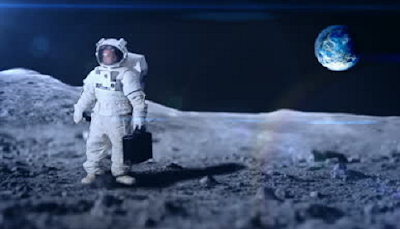For any international readers, you may have noticed American social media buzz about a curious little holiday we call "Thanksgiving", which we pretend is about Pilgrims and Natives preparing meals together at the dawn of our colonial period. It's kinda really totally actually NOT, but as with most holidays, we like myths more than we like historical facts.
This excuse to over-eat is held each year on the third Thursday of November. Then, on the third FRIDAY of each November, we celebrate an even more curious custom known as... Wishing We Could Move To Planet Mercury.

There is a great contraption at the San Francisco Exploratorium, where you can step on a large scale and see what you weigh on all the planets. I've been on it, and it's quite a fun experience. They also have their calculator on a web page, so you can see Your Weight On Other Worlds.
(I think it goes without saying, there will never, EVER be a book fad known as "The Jupiter Diet".)
Why the discrepancies? In simple terms, gravity is the force of attraction between objects. Gravitational pull is what makes the Earth orbit the sun, or the moon orbit the Earth. Suns, moons and planets are all surrounded by fields of gravity. These fields will be different, depending on things like planet size, mass, speed, its location in any solar system, and any other objects around it in space.
If Earth's force of gravity is measured at 1.00, force on other planets would be:

We'll include Pluto for the purists. And so I don't have to listen to any arguments.
More complex components of gravity come into play, but in general: the larger the object, the greater the gravity. However, the further away you travel from an object, the less you are affected by its gravitational field. Jupiter is the largest planet in our solar system, so it has the strongest field (except for our Sun, which is over 27+!). You cannot stand on Jupiter, because it's mostly gas. However, if it had a surface, the force holding your body on the planet would be much greater. This increases your weight, even though your mass remains the same.
At any rate, multiply your weight by any of these numbers, and you will see what you weigh on that planet. Oh goody, math homework!




































